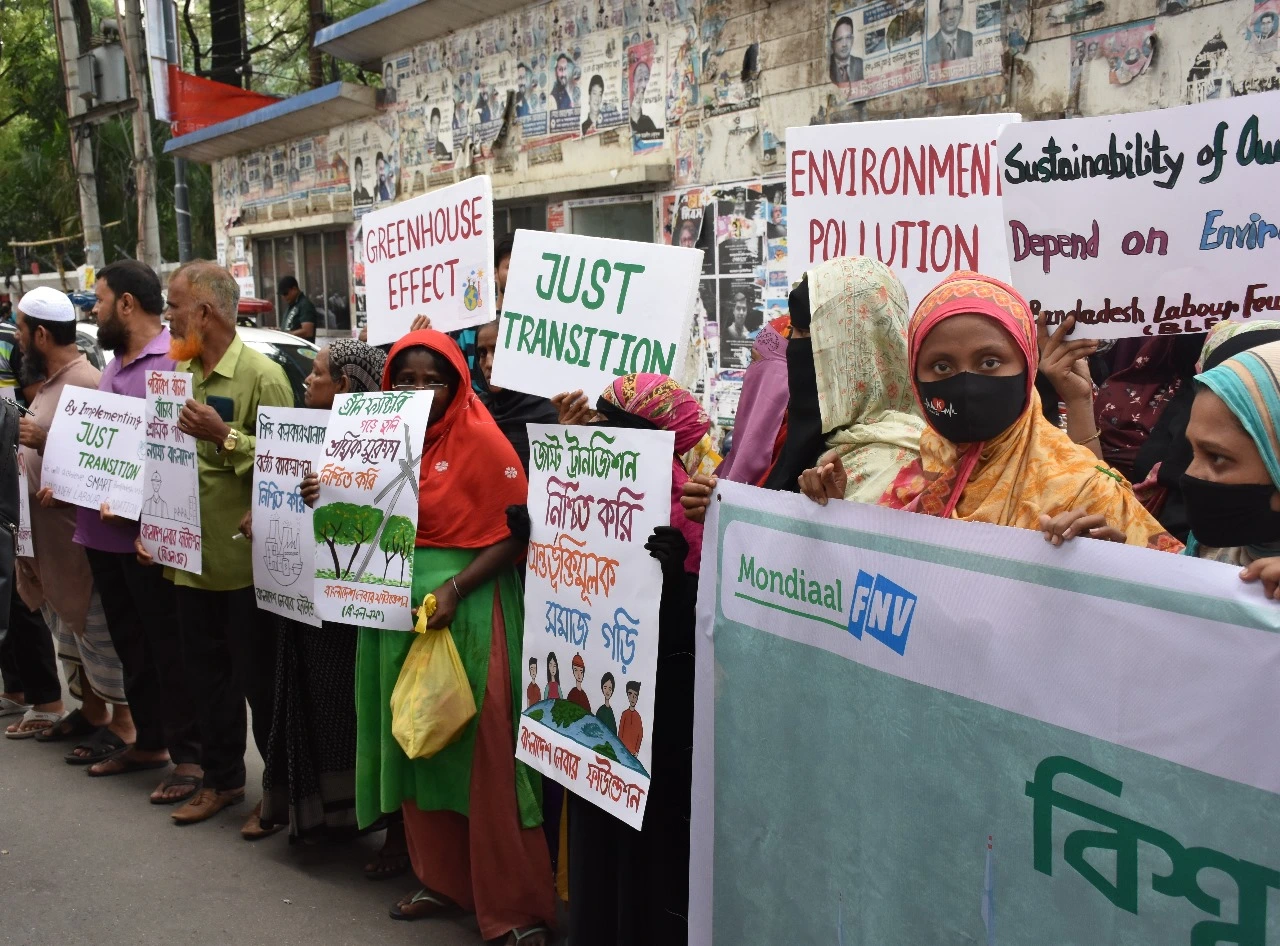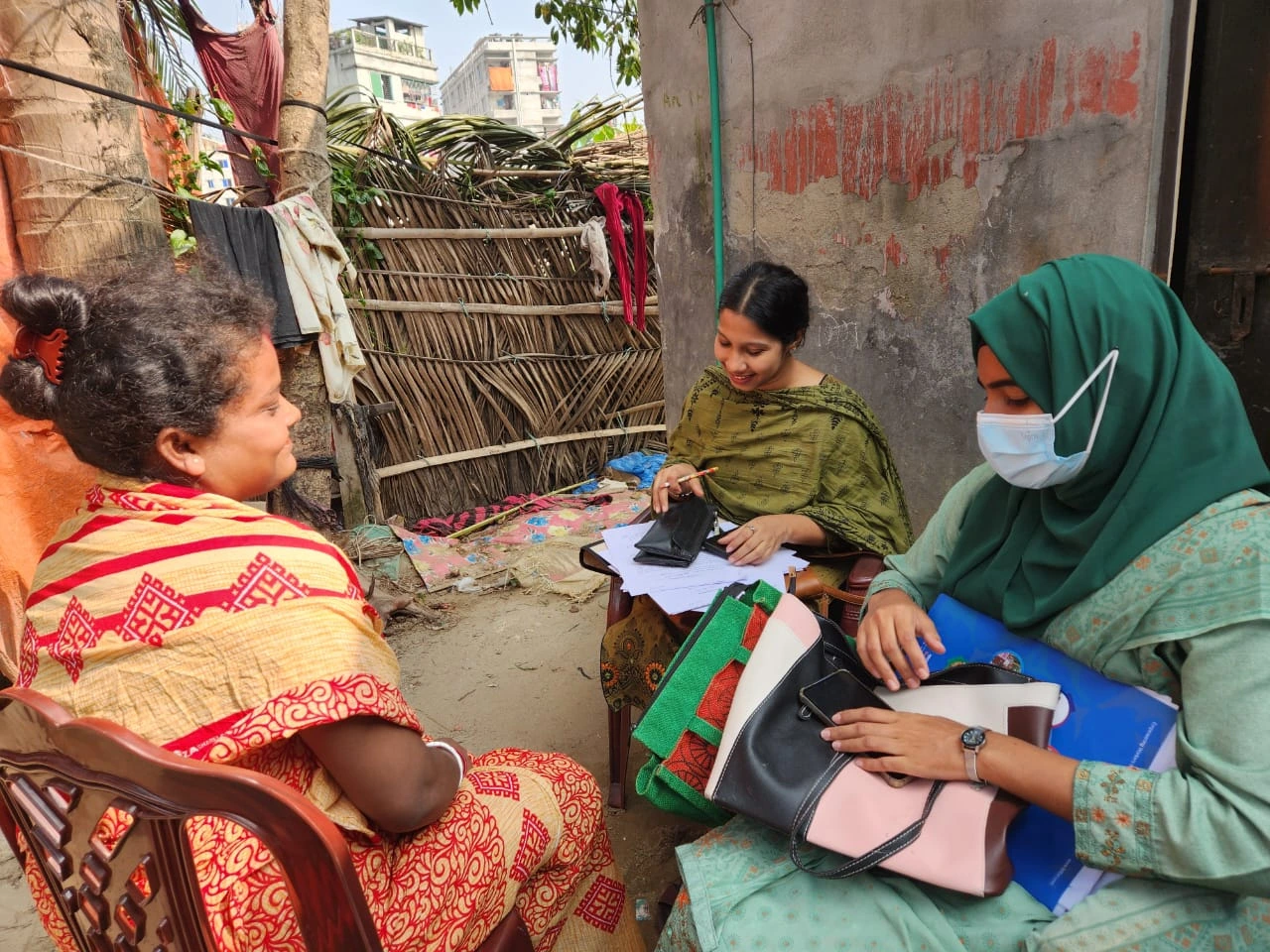Advocacy and Lobbying

Advocacy and lobbying are essential strategies that individuals, groups, and organizations—such as trade unions, NGOs, or civil society groups—use to influence public policy, shape legislation, and create social change. While both terms are often used interchangeably, there are important distinctions between them. Understanding these strategies can significantly enhance the ability of organizations to bring about systemic changes that benefit their constituencies, such as workers, communities, or vulnerable populations.
Here’s a deeper dive into advocacy and lobbying, their differences, and how they work together:
1. Understanding Advocacy
Advocacy is the broader process of supporting or recommending a cause or policy. It involves raising awareness, educating the public and policymakers, and mobilizing support to create long-term change. Advocacy does not necessarily involve direct engagement with lawmakers; rather, it’s focused on promoting an idea, influencing public opinion, and shaping the social or political environment in favor of a cause.
Key Components of Advocacy:
Raising Awareness: Advocacy often begins with creating awareness about a particular issue. This can be done through media campaigns, social media, public events, educational materials, and storytelling. The goal is to ensure that the public and decision-makers understand the importance of the issue.
Mobilizing Support: Successful advocacy requires building a network of supporters who can help push the cause forward. This may include volunteers, activists, local community leaders, or coalitions of organizations. Mobilizing involves organizing events, petitions, protests, and grassroots campaigns to demonstrate public backing for the cause.
Public Engagement: Advocacy strategies include involving citizens in campaigns, getting them to write letters, make phone calls, or attend public meetings to voice their concerns. Public engagement helps create momentum and demonstrates that there is widespread support for the issue.
Public Policy Education: Advocates often work to educate lawmakers, government agencies, and the public about specific issues. This may include conducting research, producing reports, or hosting informational events to explain the issue in greater detail.
Media Advocacy: Using media outlets (both traditional and digital) is a key strategy in advocacy. Writing op-eds, engaging with journalists, sharing facts, and launching media campaigns can amplify the voice of the cause.
Example of Advocacy:
An NGO focused on environmental protection may launch an advocacy campaign to raise awareness about the effects of deforestation. They would educate the public, partner with activists, and push for environmental policies that protect forests, focusing on building public sentiment and support for the issue.
2. Understanding Lobbying
Lobbying is a more specific form of advocacy focused on directly influencing legislators and public officials to pass or defeat specific legislation, regulations, or policies. It involves engaging with policymakers—such as members of Congress, ministers, or local government officials—to persuade them to take action on behalf of a cause.
Key Components of Lobbying:
Direct Communication with Policymakers: Lobbying usually involves direct communication with elected officials or government representatives. This can be through meetings, calls, emails, or briefings. Lobbyists present evidence, arguments, and recommendations to persuade lawmakers to support a particular policy or legislative change.
Providing Expertise and Information: Lobbyists often provide policymakers with research, data, and technical information to support their arguments. This is especially important for complex issues where decision-makers may need expert input to understand the full implications of a proposed policy.
Organizing Campaigns and Petitions: Lobbying can also include campaigns to mobilize constituents to contact their representatives, sign petitions, or attend town hall meetings, demonstrating that their support is significant and that their voice matters to elected officials.
Building Relationships: Successful lobbying requires developing long-term relationships with policymakers and their staff. Building trust and credibility with legislators can increase the chances that a lobbyist’s recommendations are taken seriously.
Grassroots Lobbying: This type of lobbying is focused on mobilizing the public to urge elected officials to take action on an issue. It often involves getting individuals to contact their representatives, participate in petitions, and engage in mass demonstrations. Grassroots lobbying amplifies the impact of the lobbyist’s efforts by showing that there is a broad base of support for the issue.
Example of Lobbying:
A trade union might lobby a government official to pass a new labor law that provides better protections for workers. The union would meet with policymakers, provide research on the benefits of the proposed legislation, and work to convince legislators to vote in favor of the law.
3. Differences Between Advocacy and Lobbying
While advocacy and lobbying overlap in some areas, the key differences lie in the methods and goals:
| Aspect | Advocacy | Lobbying |
|---|---|---|
| Definition | The broad process of promoting a cause or issue. | A targeted, direct effort to influence legislation or specific policy. |
| Target Audience | Public, community, media, policymakers, etc. | Policymakers, elected officials, and government agencies. |
| Methods | Raising awareness, public education, media campaigns, and public mobilization. | Direct interaction with lawmakers, expert testimonies, and influencing specific policy or legislation. |
| Goal | To influence attitudes, raise awareness, and create broad support for a cause. | To pass or defeat specific legislation, policies, or regulations. |
| Legal Constraints | Generally fewer legal restrictions. | Must comply with lobbying laws and regulations, including registration and reporting requirements. |
| Scope | Broader and often long-term; focuses on societal change. | Specific and immediate, often tied to particular legislative or regulatory actions. |
4. Key Strategies for Effective Advocacy and Lobbying
Advocacy Strategies:
Storytelling: Personal stories and testimonials can create emotional connections that drive people to support a cause. Sharing how a particular issue affects real people is powerful in advocacy campaigns.
Coalitions and Partnerships: Working together with other organizations or individuals with similar goals can increase impact. Building alliances strengthens a movement and brings together resources, expertise, and people power.
Public Demonstrations: Public rallies, protests, and marches can capture media attention and mobilize people. These events provide visibility for a cause and demonstrate public support for the issue.
Lobbying Strategies:
Building Relationships with Policymakers: Establishing ongoing relationships with elected officials and government staff can be key to successful lobbying. This helps create trust and credibility and ensures that the lobbyist’s voice is heard when needed.
Tailoring Messages: Messages should be tailored to resonate with specific policymakers. Understanding their values, interests, and political alignment allows the lobbyist to frame arguments in a way that appeals to each individual legislator.
Follow-up: After initial meetings with policymakers, effective lobbyists follow up with additional information, reminders, or requests for further meetings. Persistence can help ensure the issue stays on the agenda.
5. Legal and Ethical Considerations
While advocacy is generally free from legal restrictions, lobbying is subject to regulations in many countries. These regulations are designed to ensure transparency and accountability in the lobbying process. Key considerations include:
Lobbying Registration: In many jurisdictions, lobbyists must register with the government and disclose their activities, including who they are lobbying, how much they are spending, and what issues they are addressing.
Transparency: Organizations involved in lobbying must be transparent about their activities. This includes reporting on financial expenditures and the specific objectives they are working toward.
Prohibited Actions: Lobbying efforts cannot include bribery or any form of illicit behavior to influence decision-makers. Ethical lobbying is based on transparency, facts, and persuasion rather than coercion.
Conclusion
Both advocacy and lobbying are vital strategies for influencing public policy and creating meaningful change. While advocacy focuses on broad social awareness and long-term change, lobbying is more specific and aimed at influencing immediate policy or legislative action. By combining advocacy and lobbying efforts, organizations can amplify their impact, influence decision-makers, and ultimately drive systemic changes that benefit their stakeholders.








